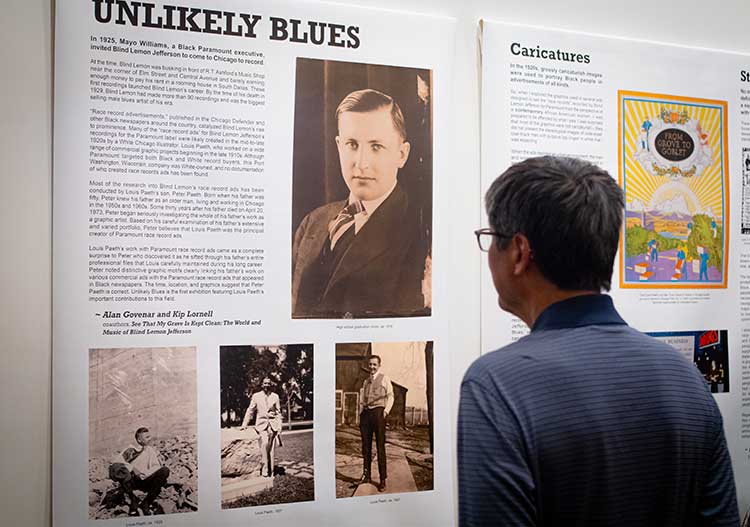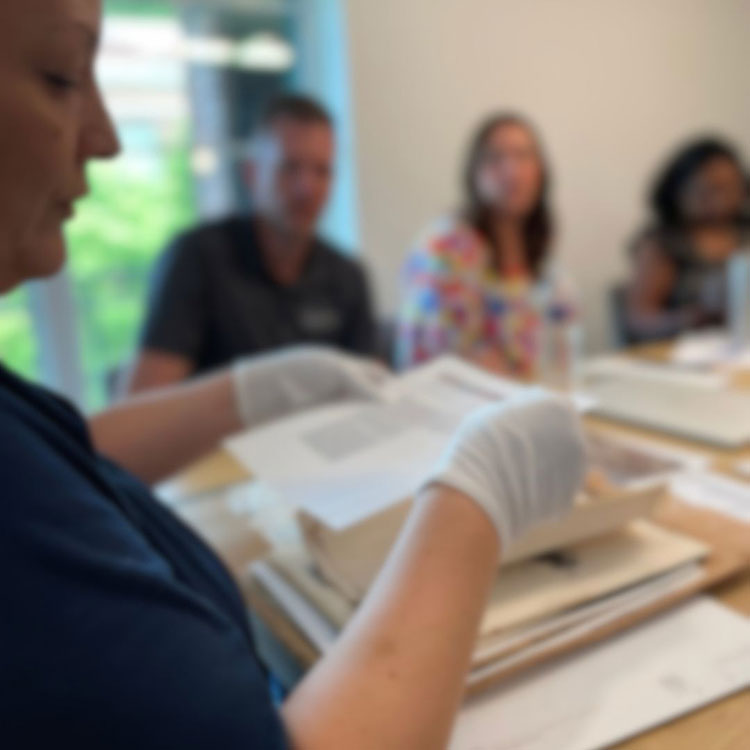History of Deep Ellum
The railroads created Deep Elm. The Houston and Texas Central (H&TC) Railroad arrived in Dallas in 1872, followed by the Texas and Pacific (T&P) Railroad in 1873. The crossing of the two lines is considered the birth of a community on the outer edge of downtown Dallas that people called Deep Elm.

The name Deep Ellum derives from the dialects of the people who worked there. At its heart, Deep Ellum was a place where the cultures of the world converged — Blacks, Jews, Greeks, Italians, Mexicans, Czechs, and others, fleeing the oppression of their homelands, looking for a better life.
The district boasts
over 20 historically recognized buildings.
Deep Ellum was born in 1873 when the Texas and Pacific (T&P) Railroad crossed the Houston and Texas Central (H&TC) Railroad near the intersection of Elm Street and Central Avenue. The area came to be called “Deep Ellum,” derived from “Deep Elm,” reflecting its distance from downtown. The pronunciation reflected the dialects of the people who frequented the area. In its early years, Deep Ellum was a place where day laborers were picked up and dropped off, many taken to work in the cottonfields. With the expansion of the railroads came commercial and industrial development and a thriving entertainment sector. Deep Ellum was a crossroads, a nexus, where people interacted in relative freedom. Deep Ellum is still a work in progress, as perhaps it always was.
The State of Texas named Deep Ellum a Cultural District in 2020. In 2023, the Deep Ellum Historic District was listed in the National Register of Historic Places in celebration of Deep Ellum’s 150th anniversary. The Deep Ellum Historic District encompasses the area bounded by the DART Green line to the north, South Hall Street to the south, I-345 to the west, and I-30 to the east.

Deep Ellum Community Center
Step into the Deep Ellum Community Center—a welcoming destination for visitors offering tours, history exhibitions, and helpful resources like maps. Explore our permanent exhibit showcasing Deep Ellum’s rich history, along with rotating temporary exhibitions aimed at sparking public interest, education, and dialogue about our neighborhood’s profound impact on Dallas’s cultural scene.
Deep Ellum Archive
A partnership with The Dallas Public Library, The Deep Ellum Archive collects, organizes, and makes available to the public for research, learning, and exhibition the rich and varied history of Deep Ellum. This new dedicated archive features specific collections on the district’s murals, music history, and architectural development as well as in-depth oral stories of business owners, property owners, residents, artists, musicians and members of the community. The Deep Ellum Community Center will continuously feature rotating exhibits showcasing key pieces from this new Deep Ellum Archive.

